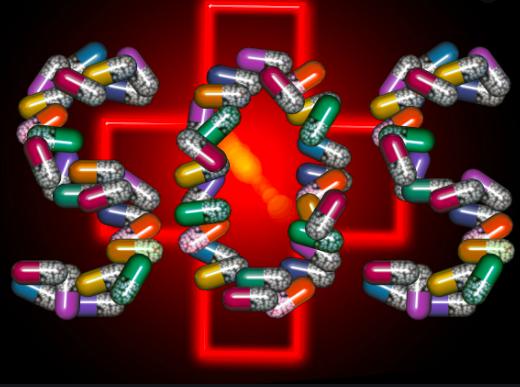I never dreamed this would be possible. Of course, so many things are possible today that I thought were impossible that I’m almost embarrassed to admit it (but I have no pride). Twenty-five years ago I thought that an immunologic approach to cancer would never work because cancer cells are, after all, self. My excuse is that I am neither an immunologist nor an oncologist and many of my oncologist friends agreed with me. But to think that one could go from the SARS-COV-2 viral nucleic acid sequence to a marketed vaccine in less than a year – I’m sorry – but that was science fiction, Star Wars, warp speed. Plus – mRNA instead of a killed virus or protein or conjugate antigen? mRNA – the epitome of instability? Come on!
Beyond the technology though, there was the desire, based on a lethal danger to the population posed by a pandemic virus, to get to this goal of a vaccine that is safe and effective and that can be distributed in record time. To accomplish this required an enormous investment in manufacturing – at risk. This investment came either from government (us taxpayers), from private industry (large and small) or from both. And, at the end, governments are paying for the final product – although some vaccines are being sold at cost (not for profit). This plan required a strong will, a strength of steel, and an organization and expertise that we have rarely seen anywhere before. It’s almost enough to give one confidence in government again – since without government intervention, this could not have happened. The plan also should make us stand in awe and gratitude for the extraordinary efforts of the pharmaceutical industry and their scientists and clinicians and their partners and stakeholders without whom this would never have happened. The industry should no longer be viewed as evil incarnate!
Compare and contrast. Antibiotic resistant infections have been killing people since the dawn of the antibiotic era. According to the CDC, the use of seat belts saved 13,000 lives in 2009. Compared to the 460,000 Americans killed by covid in this past year, 13,000 seems like a small number. Does that mean we should forget about wearing seat belts? Again, according to the CDC, antibiotic resistant infections and C. difficile kill 48,000 Americans every year. And most of us think this is a significant underestimate. Should we now relax since this number is almost 10- fold lower than the covid losses to date? Should any sense of urgency to save these lives be somehow lessened because of covid? Or should we rather look at this lesson from covid and apply it to lethal antibiotic resistant infections? How would we do that?
First, although a vaccine approach to the prevention of resistant bacterial infections is a great idea, and one that has worked for a few selected bacterial infections, I don’t think that we are at the same place with this problem as we were for certain viruses and mRNA technology. We will need other approaches focusing on therapy. It takes us 10-20 years to go from an idea to a new antibiotic. We could shorten that time by doing more at risk as we did for covid. We could also do a better job of delaying the increase in resistance by doing a better job of restricting antibiotic use to cases where it is really necessary both in humans, plants, fish and other animals. But because even appropriate antibiotic use will ultimately lead to resistance, we still must find new approaches to the treatment of resistant infections.
My personal opinion is that this will most likely involve new antibiotics or new inhibitors of resistance (like B-lactamase inhibitors). But right now, our pipeline is in a disastrous state and any companies still working in the space are facing economic oblivion. One risk we must take is the use of financial incentives to make up for the broken marketplace that is driving investors out of the antibacterial space. Compared to the cost of warp speed for covid at $18 billion, the fix for the antibiotic marketplace would probably be more like $2 billion per new product. If we awarded one or two new products per year, we’re talking $20 billion over five years maximum. In any case, I don’t think our current pipeline would get us to 10 approved products in five years at least in terms of key our priorities. So, new antibiotics for resistant infections – a fire sale! Why can’t we see this?
Let’s talk about Europe for just a minute. Will Europe and its disparate national authorities have learned the lesson of pricing for new products from its experience with covid vaccines? Will they have learned that their regulatory approach leaves something to be desired when it comes to considerations of feasibility in their demands for new data? Will Europe be left behind again as they have been for covid vaccines if (my lips to God’s ear) the US establishes a market incentive for new antibacterial products?
We need to learn from this pandemic and apply these lessons to our approach to fighting antibiotic resistant infections – and we need to do it urgently!




